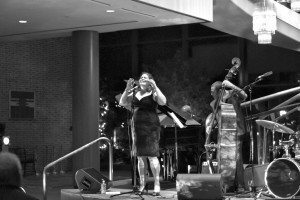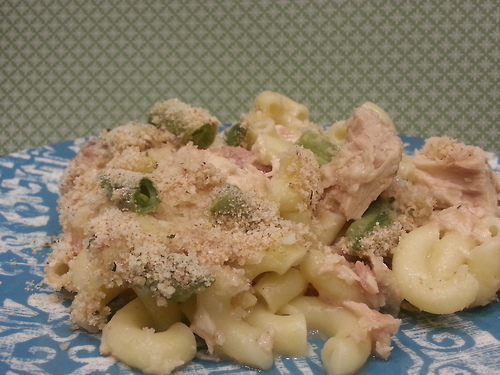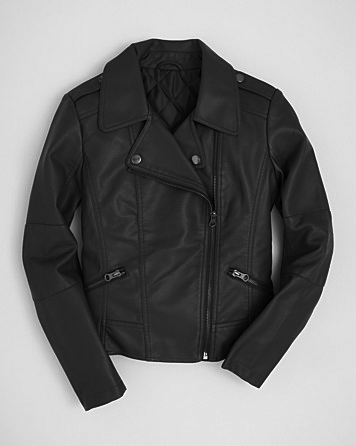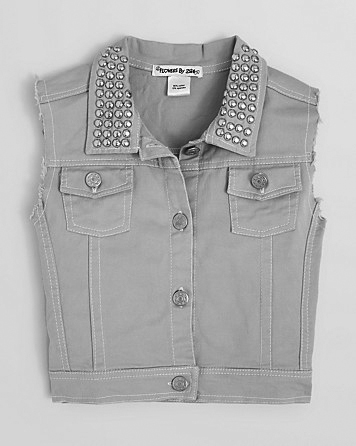Campus-Wide Epidemic Imminent
The warning signs have been building for some time now: dried vomit on sidewalks, beer-can-littered streets and stray beer-pong balls rattling around campus. Yet we ignored them. We wouldn’t admit what was happening, no matter how obvious it became. We swept it all under the carpet of school pride and now who has an epidemic on their hands? We Do.
Word from Student Health Services is that the abandoned shoes that can be found lying around campus and Lewisburg’s student district on Friday and Saturday nights are the latest in a progression of signs indicating an outbreak of the Otis Campbell Plague (OCP) at the University.
Named for the pitiful, disheveled town drunk on “The Andy Griffith Show,” OCP is rampant on campuses throughout the United States.
“We’ve been projecting the progression of OCP, using SUNY Albany as a model,” explained Dr. Avery Parnell of Student Health Services. “Bucknell appears to be in dire straights. SUNY Albany is the textbook case study of OCP, and there, the students have descended into anarchy. The footage researchers have brought back is disturbing. One particularly haunting image was a student wearing a kilt and standing on a car while playing bagpipes.”
In short, the University is facing an epidemic of sadly cartoonish drunkenness.
“The appearance of abandoned shoes on campus and downtown tells us that not only is a percentage of the University student body infected, but that some individuals have progressed to a critical stage,” said Dr. Parnell, who would not comment as to what percentage of the student body is infected. “These students must be located and quarantined before they spread the illness further.”
To facilitate such quarantine, the Department of Public Safety has enacted its “Cinderella Protocol.” On Sundays, students will be required to report to the Public Safety office and try on the shoes that were found that weekend. If a shoe fits a student, that student will be reassigned to housing in Larison Hall, which has become the University’s designated quarantine zone.
“The Cinderella Protocol is vital to the survival of the University’s good name,” Public Safety Officer Patrick O’Brian said. “Things are going downhill. It begins with missing shoes and ends with students staggering around campus singing ‘How Dry I Am.’”
The World Health Organization (WHO) states that OCP is prevalent among first-year students but also occurs in students suffering from “senioritis.” WHO’s website provides the following list of symptoms:
- Use of the phrase “I feel like” rather than “I think” (It is believed that OCP inhibits students’ ability to form definitive opinions.)
- Overuse of the word “bro”
- Overuse of “cray cray”
- Overuse of hashtags on social networking sites
- In males, a penchant for khakis
- In females, a penchant for North Face jackets
- A craving for Bison Dogs
- Missing shoes
- In the final stages, waking up on a couch many miles from one’s campus with no recollection of how one got there
Students are urged to contact Health Services immediately when these symptoms are noticed on or near campus. In the meantime, Health Services, Geisinger Medical Center, Evangelical Community Hospital, Public Safety and the Buffalo Valley Regional Police Department are coordinating to brace for a full-on outbreak of the epidemic.



